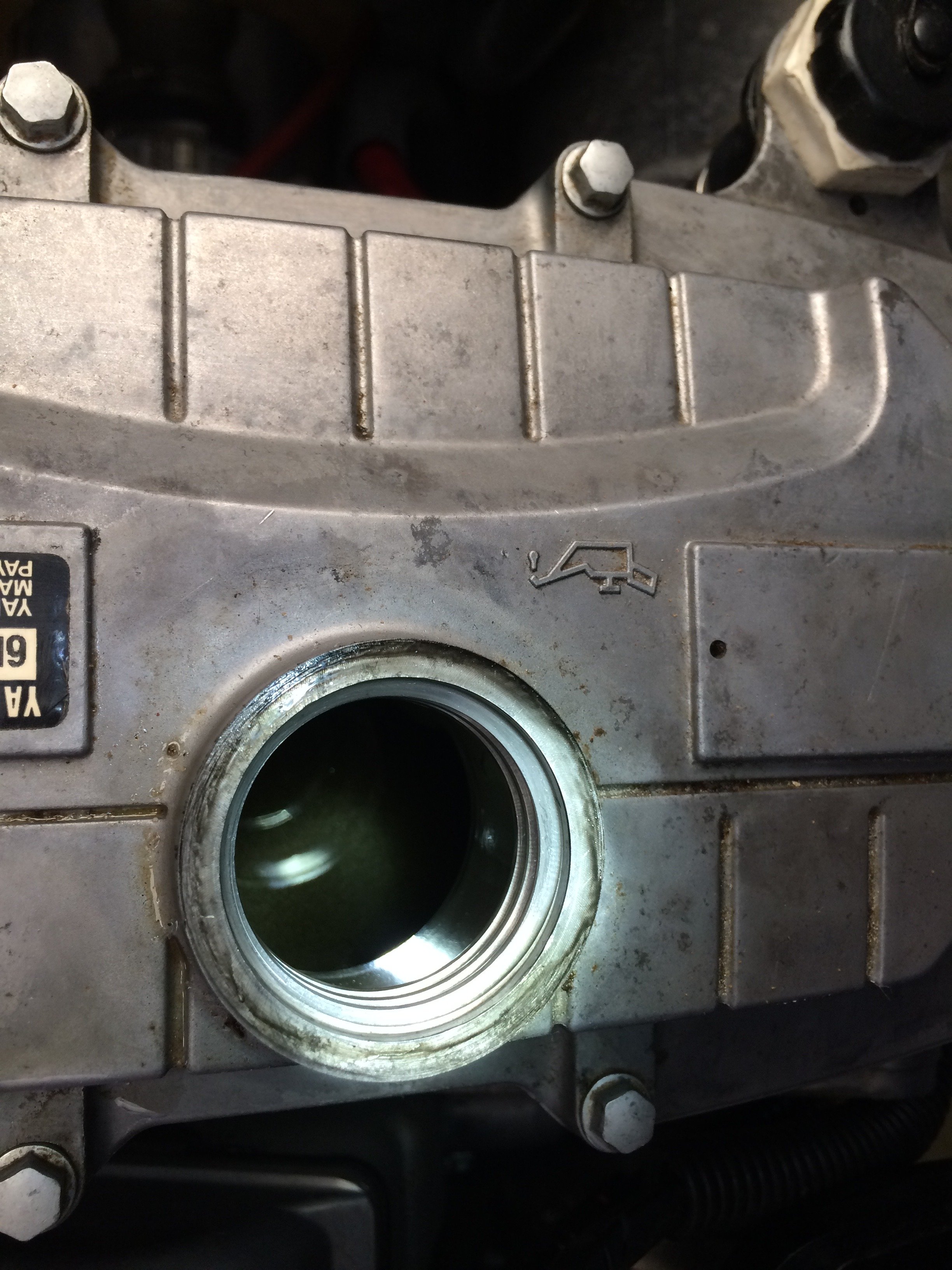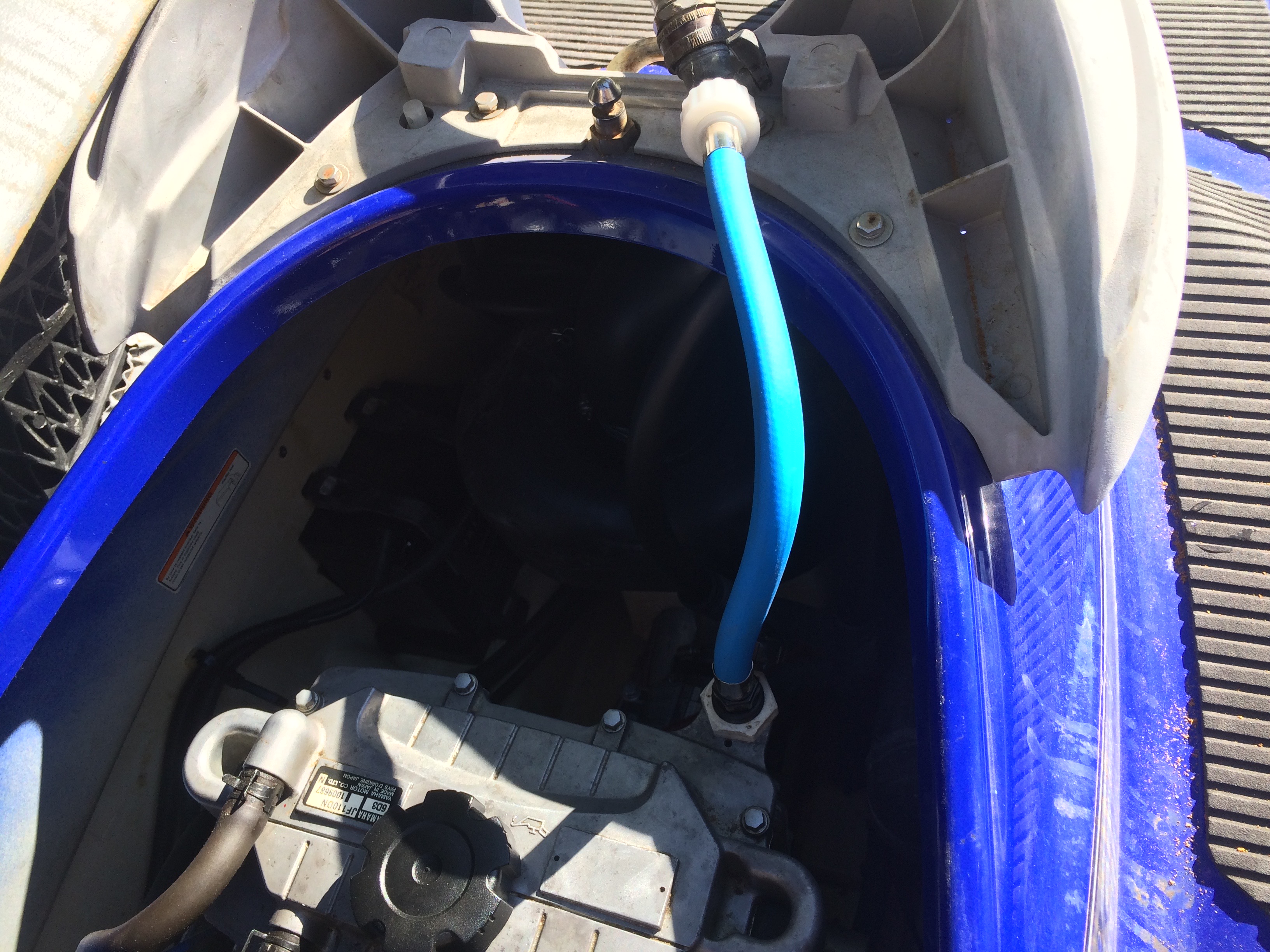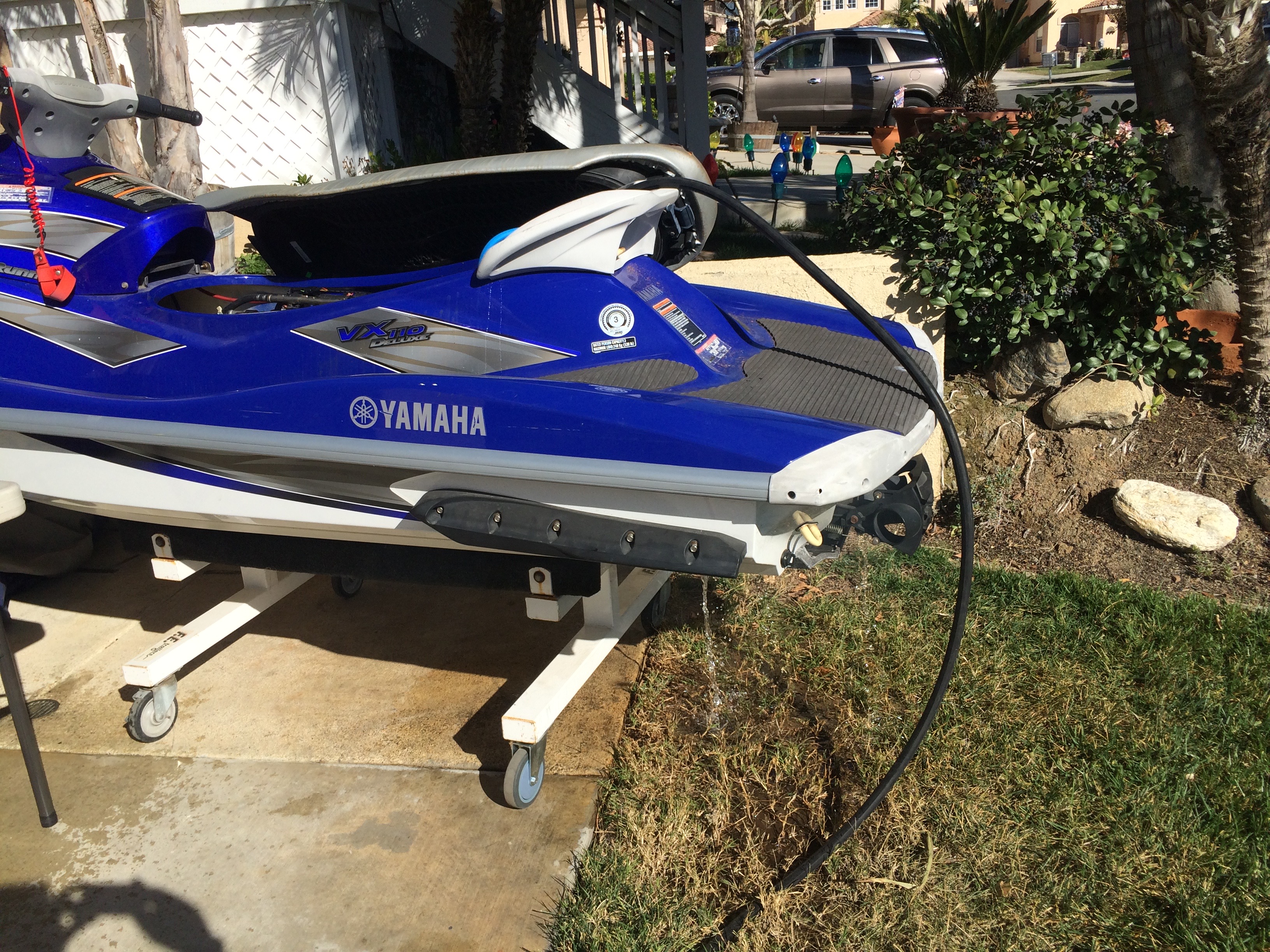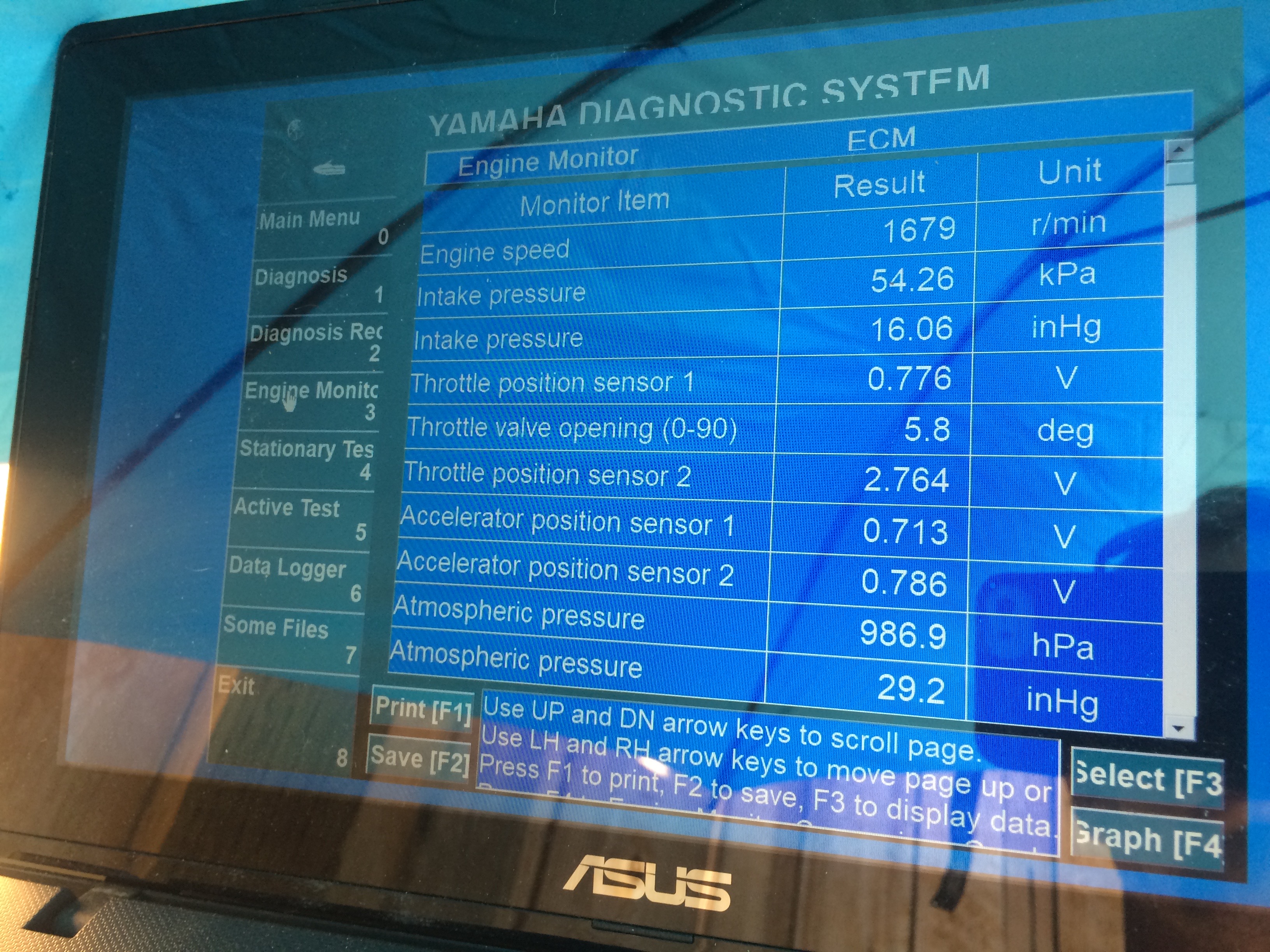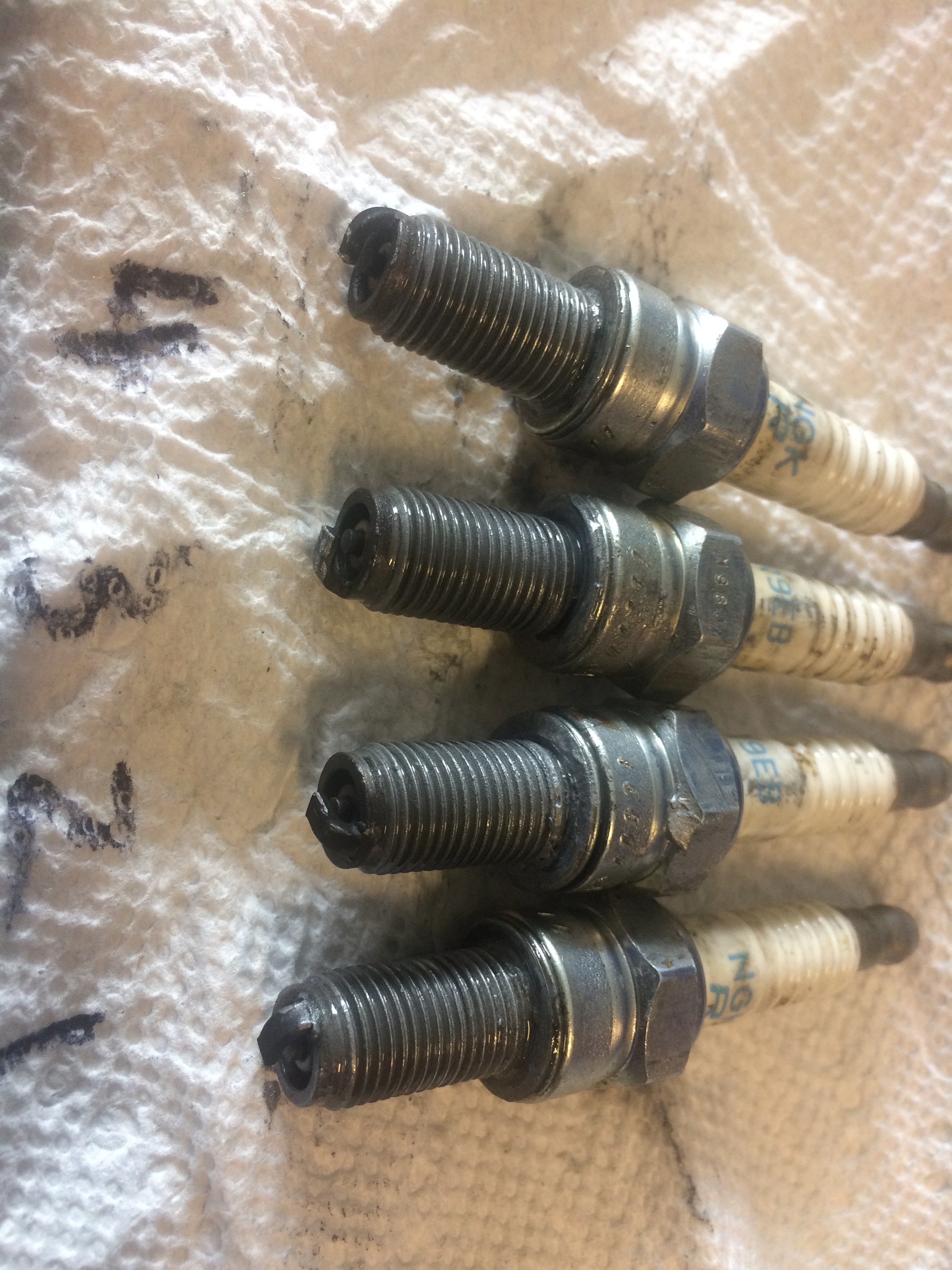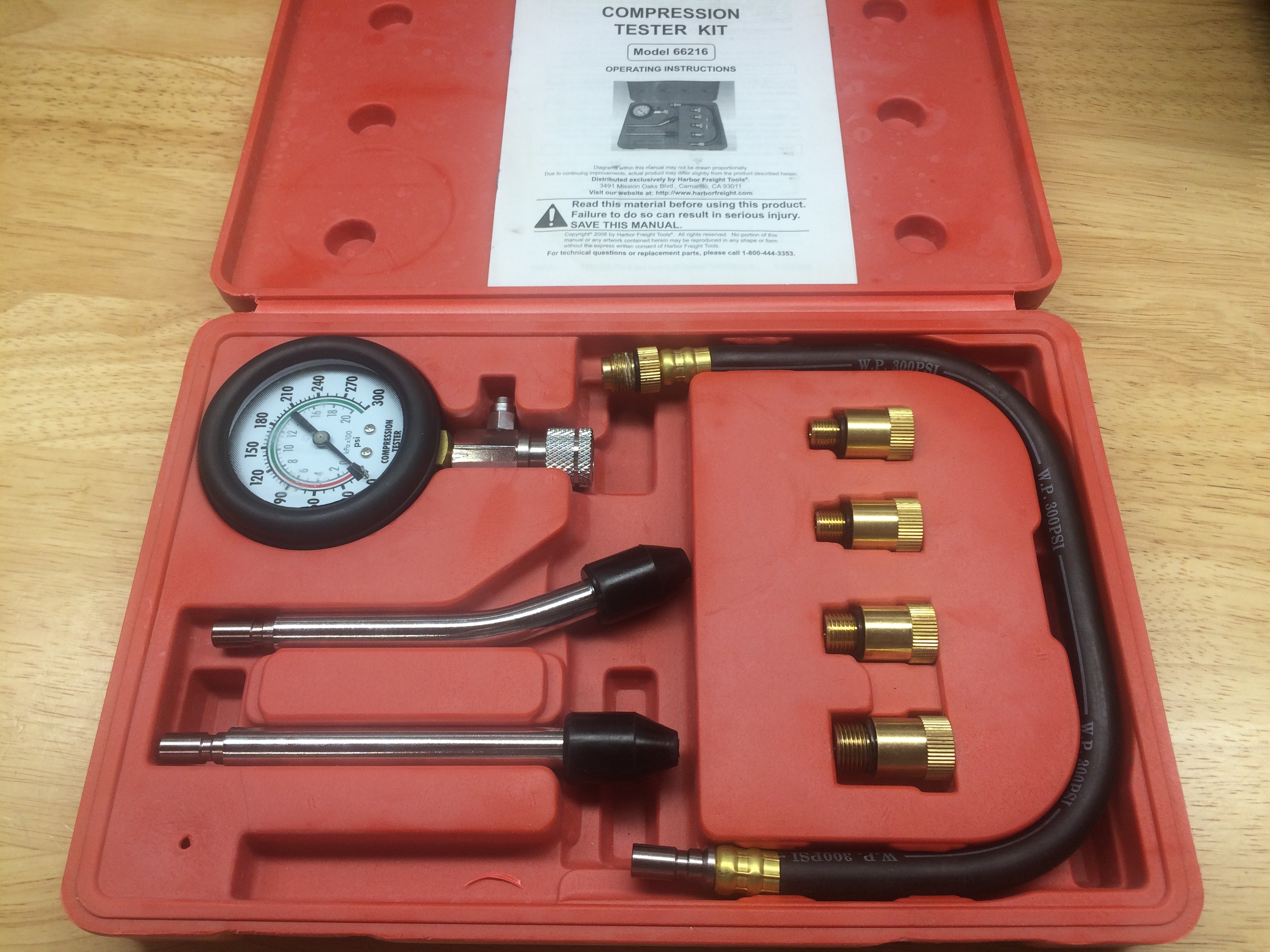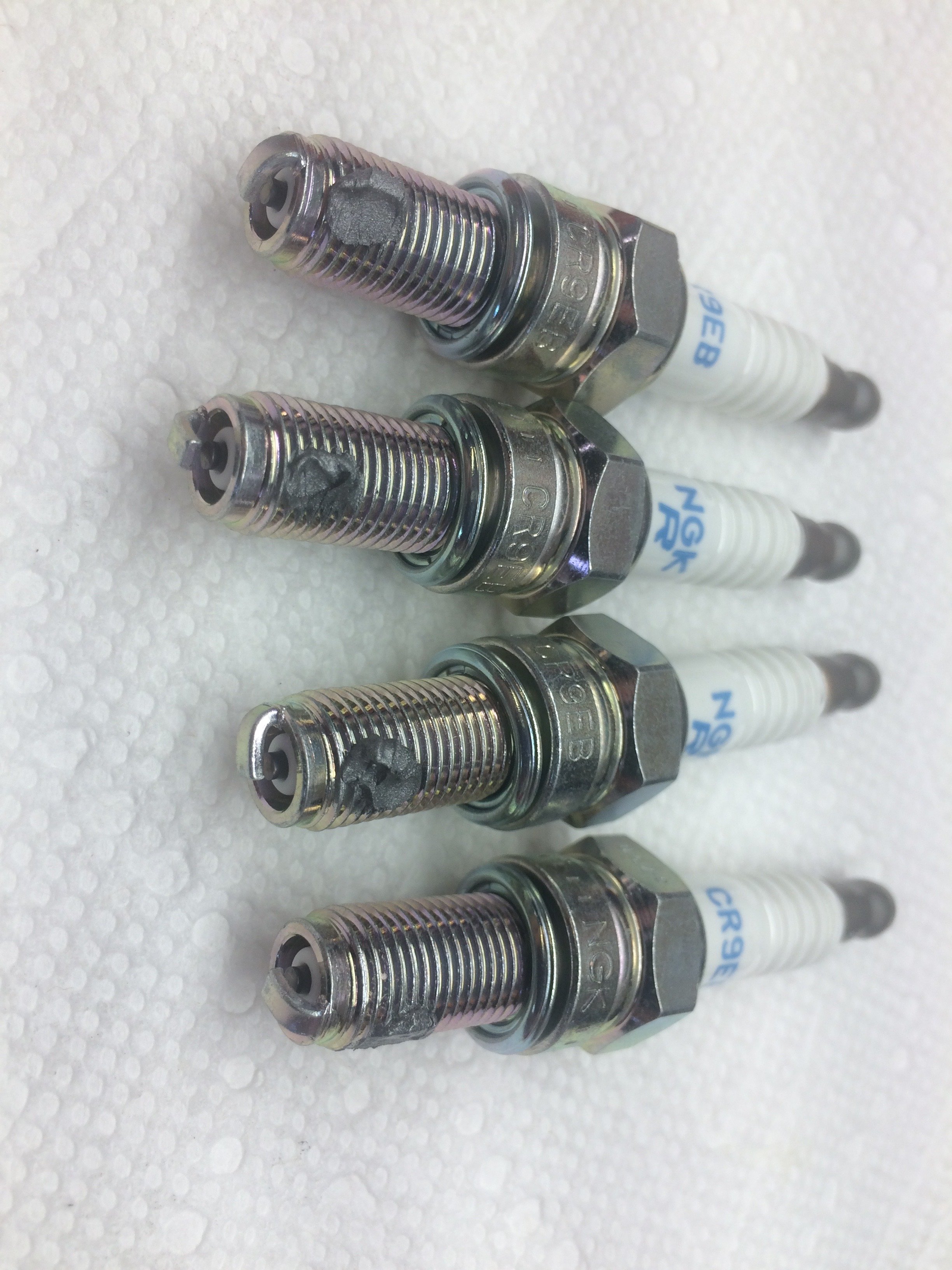Ronnie
Jetboaters Fleet Admiral
- Messages
- 8,789
- Reaction score
- 12,226
- Points
- 667
- Location
- SF Bay Area
- Boat Make
- Yamaha
- Year
- 2010
- Boat Model
- Limited S
- Boat Length
- 24
I hope you are able to hit the water with it soon, in addition to a vest and fire extinguisher don’t forget to keep a whistle or air horn on board.
About the models, I recall the vx came in two versions, sport and deluxe. Sport didn’t have reverse or mirrors. assuming the vx line follows the fx line, the deluxe came with the security/learning system and two lcd displays with the second giving additional info like a tripmeter, air and water temp, gph, etc. the cruisers have scalloped seats and retracting cleats.
About the models, I recall the vx came in two versions, sport and deluxe. Sport didn’t have reverse or mirrors. assuming the vx line follows the fx line, the deluxe came with the security/learning system and two lcd displays with the second giving additional info like a tripmeter, air and water temp, gph, etc. the cruisers have scalloped seats and retracting cleats.

